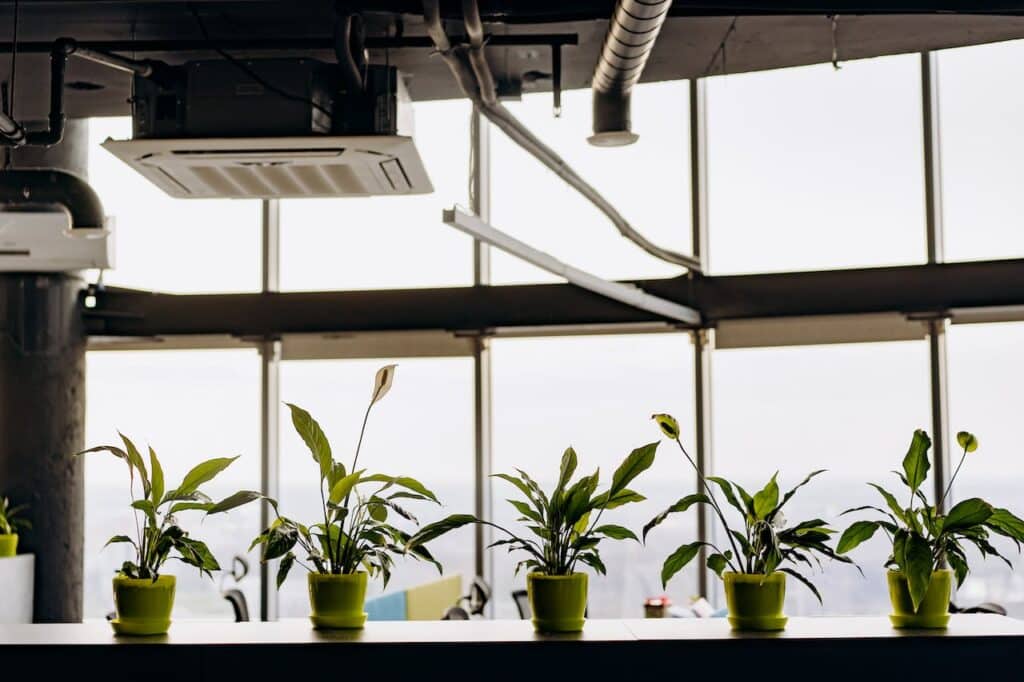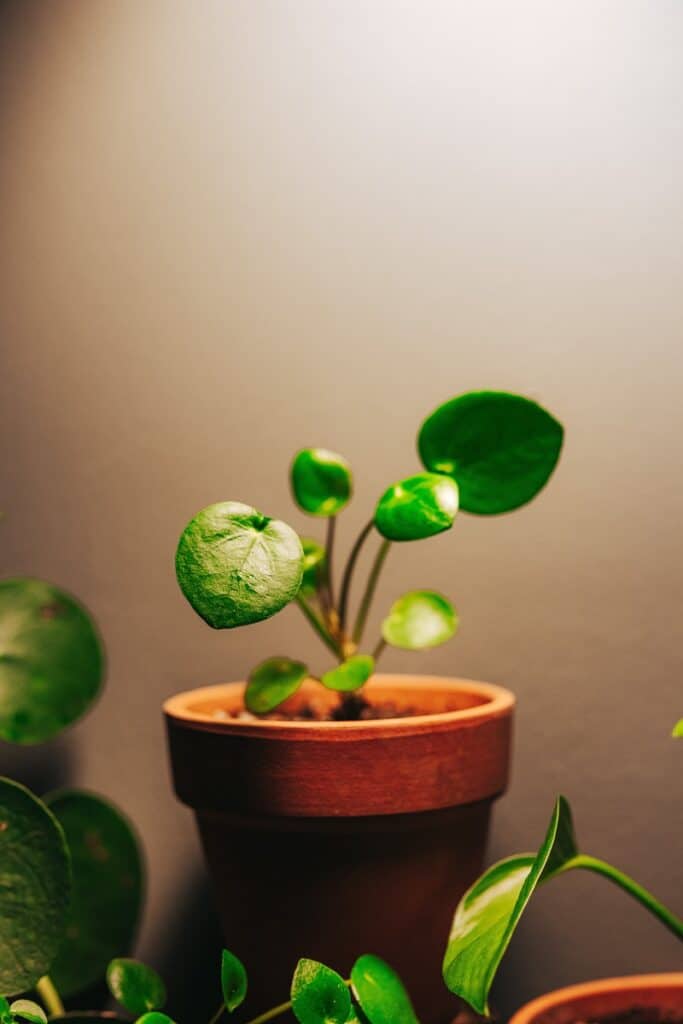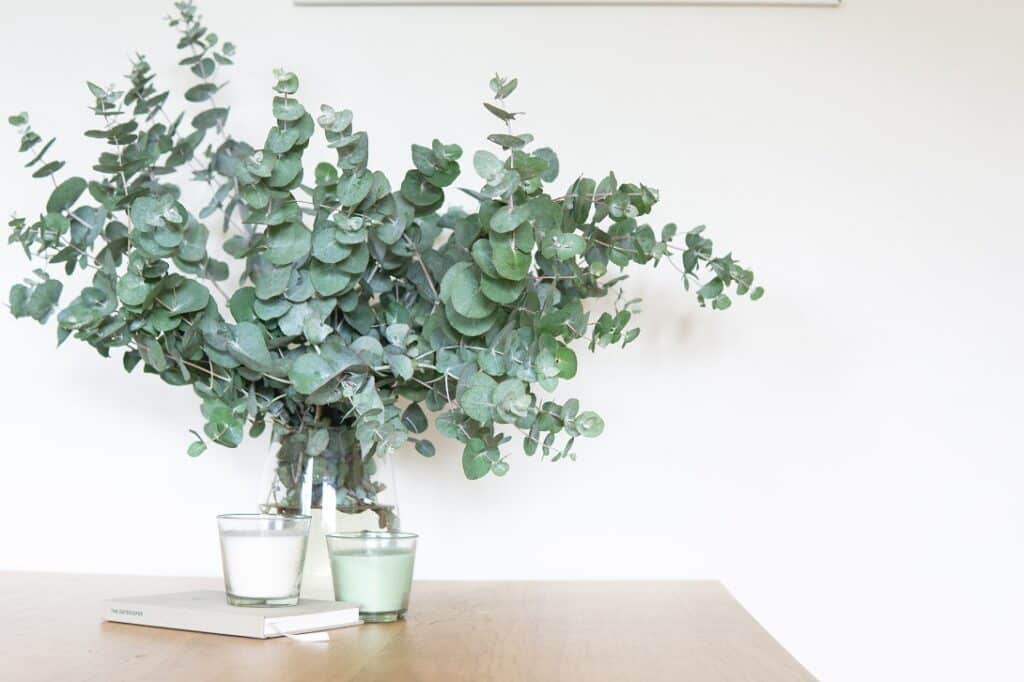Indoor plants can bring life and beauty to any space, but sometimes they encounter issues that can leave you scratching your head. From yellowing leaves to wilting stems, it can be frustrating trying to figure out what’s wrong. Luckily, this ultimate guide is here to help you on how to fix indoor plants.
Packed with practical tips and expert advice, it will walk you through the most common problems faced by indoor plants and provide simple solutions to get your green companions thriving again. No more guessing games or late-night googling; with this guide, you’ll be equipped with the knowledge to conquer any plant-related issue like a pro. So get ready to fix your indoor jungle and unleash your inner green thumb!
Understanding Indoor Plants Needs
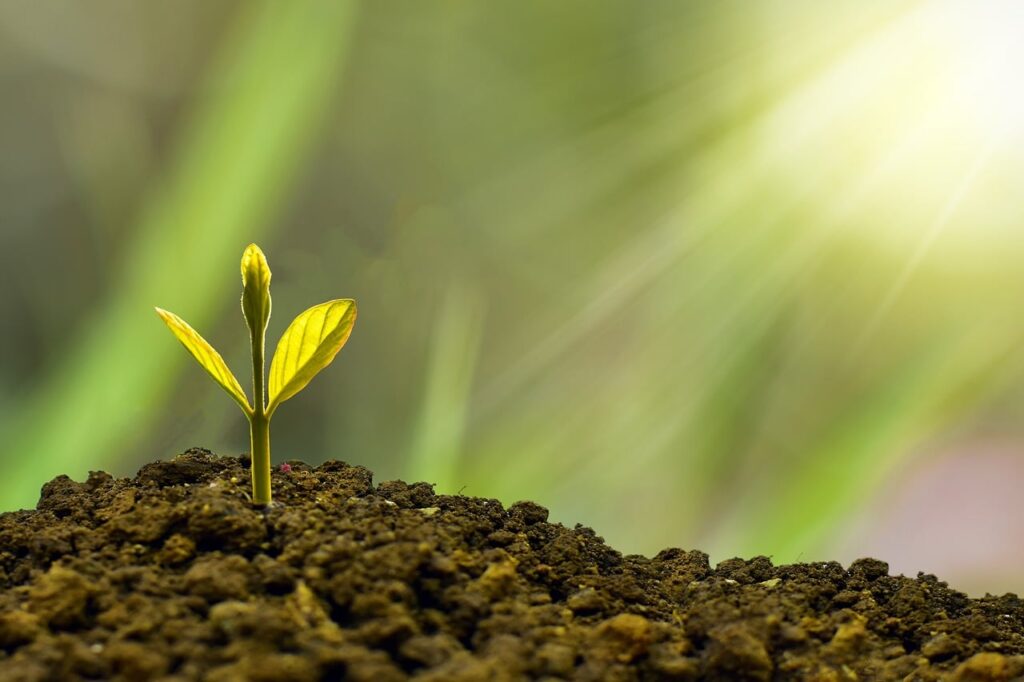
Recognizing Different Plant Species
When it comes to taking care of indoor plants, one of the first things you need to do is recognize the different plant species you have. Each species has its own specific needs and requirements, such as varying levels of sunlight, moisture, and nutrients. By identifying the plant species in your indoor garden, you can better understand and cater to their individual needs.
Assessing Plant’s Specific Needs
Once you have identified the different plant species in your indoor garden, it’s important to assess each plant’s specific needs. This includes understanding their preferred lighting conditions, ideal temperature and humidity ranges, and the type of soil they thrive in. By assessing these needs, you can ensure that your indoor plants are receiving the right care and create a favorable environment for their growth.
Importance of the Right Environment
Creating the right environment for your indoor plants is crucial for their overall health and well-being. Factors such as lighting, temperature, humidity, and soil quality all play a significant role in the growth and development of your plants. Providing the optimal environment will help prevent common issues and ensure that your indoor plants thrive.
Common Issues with Indoor Plants & How To Fix Them
Overview of Common Problems
Indoor plants can face various issues that can hinder their growth and health. Some common problems include overwatering, underwatering, pest infestations, diseases, and nutrient deficiencies. It’s important to familiarize yourself with these common issues so that you can identify and address them promptly.
Physical Signs of Damage
To effectively fix common issues with indoor plants, it’s essential to be able to recognize physical signs of damage. Common signs include yellowing or browning leaves, wilting, stunted growth, and pest damage. By being observant and proactive in identifying these signs, you can catch and address problems before they worsen.
Effects of Incorrect Environment
Maintaining an incorrect environment for your indoor plants can have detrimental effects on their overall health and appearance. Too much or too little light, incorrect temperature and humidity levels, and poor soil quality can lead to issues such as leaf burn, wilting, mold growth, and nutrient deficiencies. Understanding the impact of an incorrect environment will help you make the necessary adjustments to ensure your plants thrive.
Dealing with Pests
Identifying Common Indoor Plant Pests
Pest infestations can be a common issue for indoor plants. Some common indoor plant pests include aphids, spider mites, mealybugs, and fungus gnats. Identifying these pests is essential in order to implement the appropriate treatment methods and prevent further damage to your plants.
Chemical and Natural Treatments
When it comes to dealing with pests, you have the option to choose between chemical and natural treatments. Chemical treatments, such as insecticides, can effectively eradicate pests but should be used with caution and according to label instructions. Alternatively, natural treatments, such as neem oil or homemade insecticidal soap, can also be effective and safer for both your plants and the environment.
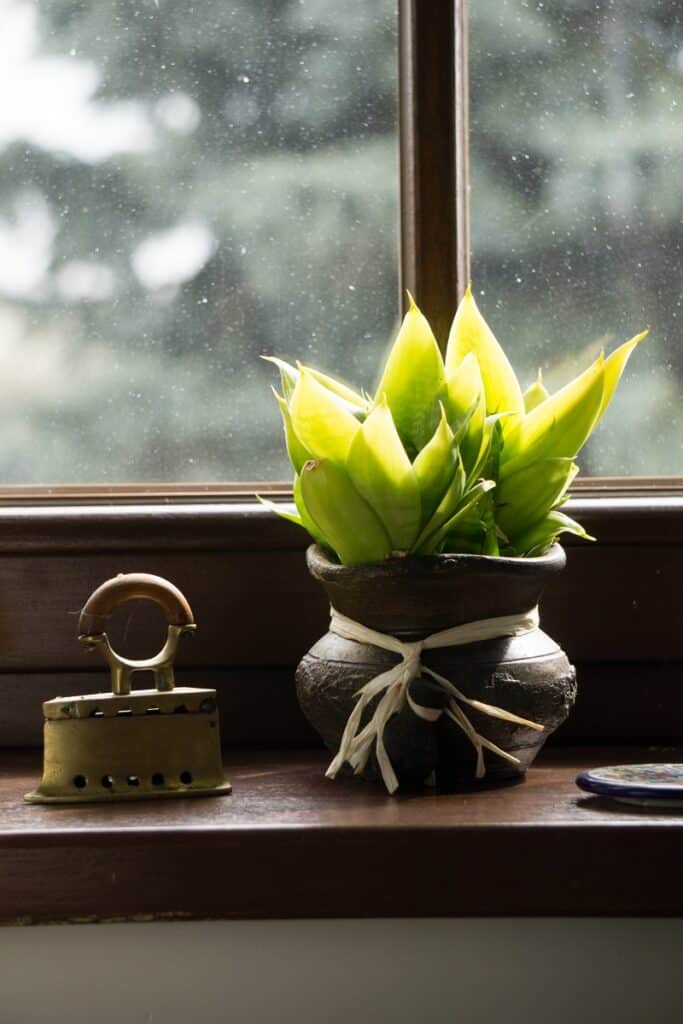
Preventing Future Infestations
Prevention is key when it comes to dealing with indoor plant pests. Some preventive measures include regularly inspecting your plants for signs of pests, introducing natural predators like ladybugs, implementing good plant hygiene practices, and isolating new plants for a quarantine period. By taking these preventive steps, you can minimize the risk of future pest infestations.
Disease Management
Recognizing Symptoms of Disease
Diseases can also affect the health of your indoor plants. Common symptoms include leaf spots, discoloration, wilting, mold growth, and stunted growth. By familiarizing yourself with these symptoms, you can quickly identify and address any potential diseases that may be affecting your plants.
Appropriate Treatment Methods
Treating diseases in indoor plants often involves a combination of cultural practices and, in some cases, the use of fungicides or bactericides. Cultural practices include removing infected plant parts, providing proper air circulation, and adjusting environmental conditions to discourage disease development. In severe cases, it may be necessary to resort to chemical treatments, but these should be used sparingly and as a last resort.
Preventing Disease Spread
Preventing the spread of diseases among your indoor plants is essential to maintain overall plant health. Good plant hygiene practices, such as regularly cleaning and disinfecting your gardening tools, avoiding overwatering, and proper ventilation, can help prevent the spread of diseases. Additionally, avoiding overcrowding and practicing crop rotation can also reduce the risk of disease transmission.
Watering Problems
Signs of Overwatering and Underwatering
Overwatering and underwatering are common watering problems that can lead to issues with indoor plants. Signs of overwatering include wilting, yellowing leaves, root rot, and a musty odor. On the other hand, signs of underwatering include dry and brittle leaves, drooping, and slow growth. By closely monitoring your plants and recognizing these signs, you can adjust your watering routine accordingly.
Understanding Correct Watering Techniques
Understanding correct watering techniques is crucial for the health of your indoor plants. Most indoor plants prefer a thorough watering once the top inch or so of soil has dried out. It’s important to ensure proper drainage by using pots with drainage holes and avoiding waterlogged conditions. Additionally, using room temperature water and watering evenly around the plant’s base can help promote healthy root growth.
Impact of Incorrect Watering
Incorrect watering can have detrimental effects on the overall health and survival of your indoor plants. Overwatering can lead to root rot, mold growth, and the development of fungus and bacterial diseases. Underwatering, on the other hand, can cause dehydration, nutrient deficiencies, and stunted growth. By maintaining the correct watering routine, you can help prevent these issues and support your plants’ optimal growth.
Lighting Issues
Determining Ideal Light Conditions
Proper lighting is essential for the growth and development of indoor plants. Different plant species have varying light requirements, ranging from low light to bright indirect light or even direct sunlight. It’s important to determine the ideal light conditions for your specific plants and provide them with the appropriate level of light exposure.

Symptoms of Too Much or Too Little Light
Both too much or too little light can have adverse effects on indoor plants. Signs of too much light include scorched or bleached leaves, leaf drop, and stunted growth. On the other hand, symptoms of too little light include elongation of stems, pale or yellowing leaves, and a lack of flowering or fruiting. By paying attention to these symptoms, you can adjust the light conditions to ensure your plants thrive.
Adjusting Light Conditions Correctly
Adjusting light conditions for your indoor plants can be achieved through various methods. For plants requiring bright light, you can provide them with supplemental lighting using artificial grow lights. For plants that prefer indirect light, you can move them to a spot with less direct sunlight or use sheer curtains to filter the light. By making these adjustments, you can ensure your plants are receiving the optimal amount of light.
Temperature and Humidity Control
Ideal Temperature and Humidity Ranges
Maintaining the ideal temperature and humidity ranges is crucial for the well-being of indoor plants. Most indoor plants thrive in temperatures between 65 to 75°F (18 to 24°C) during the day and slightly cooler temperatures at night. In terms of humidity, tropical plants typically prefer higher humidity levels, while desert plants prefer drier conditions.
Effects of Incorrect Humidity or Temperature
Incorrect humidity or temperature levels can have negative effects on your indoor plants. High humidity can lead to fungal and bacterial diseases, while low humidity can cause leaf browning and wilting. Temperature extremes, such as drafts or exposure to cold air, can also damage plants and cause stress. By maintaining the appropriate humidity and temperature levels, you can create a conducive environment for your plants’ growth.
Managing Environmental Changes
Managing environmental changes, such as seasonal temperature fluctuations or changes in humidity, is essential for the health of your indoor plants. Consider using a humidifier or pebble trays to increase humidity, or placing plants on trays filled with water to create a humid microclimate. During colder months, protecting plants from drafts and providing supplemental heat can help maintain optimal temperatures. By actively managing these changes, you can support your plants’ overall well-being.
Soil and Nutrient Problems
Selecting the Right Soil
Choosing the right soil is crucial for the growth and health of your indoor plants. Different plants have varying soil preferences, with some requiring well-draining soil and others needing soil with high organic matter content. Using a quality potting mix specifically designed for indoor plants can provide the necessary nutrients and drainage for optimal plant growth.
Identifying Nutrient Deficiencies
Nutrient deficiencies can manifest in various ways, such as yellowing leaves, stunted growth, or leaf discoloration. Common deficiencies include nitrogen, phosphorus, and potassium. It’s important to identify these deficiencies early on to ensure your indoor plants receive the necessary nutrients for healthy growth.
Choosing and Applying Fertilizers Correctly
Fertilizers can help replenish essential nutrients in the soil and support the growth of your indoor plants. Look for fertilizers with a balanced NPK ratio and choose a formulation suitable for your plant species. It’s important to follow the instructions on the fertilizer packaging and avoid over-fertilizing, as this can result in nutrient imbalances and potential damage to your plants.
Repotting and Root Problems
When and How to Repot
Repotting indoor plants is necessary when they outgrow their current containers or when the soil becomes depleted. Signs that your plant needs repotting include roots growing out of the drainage holes, stunted growth, or a lack of nutrients. When repotting, choose a pot that is slightly larger than the current one, use fresh potting soil, and gently tease out the roots before placing the plant in its new container.
Dealing with Root Bound Plants
Root bound plants occur when the roots have become tightly packed in the pot, resulting in restricted growth and nutrient absorption. To address root bound plants, gently remove the plant from its pot and untangle or trim the roots if necessary. You can also score the root ball to encourage new root growth. Repotting the plant into a larger container with fresh soil will provide the roots with room to grow and support healthy plant development.
Issues Stemming from Incorrect Potting
Incorrect potting can lead to various problems for indoor plants. Using the wrong type of soil or container size can result in poor drainage, root suffocation, and nutrient deficiencies. Additionally, improper potting techniques such as burying the crown of the plant or packing the soil too tightly can inhibit healthy plant growth. By ensuring proper potting practices, you can prevent these issues from occurring.
Routine Maintenance and Care
Cleaning and Dusting
Routine cleaning and dusting are essential to maintain the overall health and appearance of your indoor plants. Dust can accumulate on leaves and hinder their ability to photosynthesize effectively. Gently wipe the leaves with a damp cloth or use a soft brush to remove dust build-up. This will help your plants stay healthy and vibrant.
Trimming and Pruning
Regular trimming and pruning are necessary to keep indoor plants in shape and promote bushier growth. Remove any dead or yellowing leaves, trim back leggy stems, and shape the plant as desired. Pruning also helps improve airflow and light penetration, reducing the risk of disease and pest issues.
General Inspections and When to Seek Professional Help
Performing regular inspections of your indoor plants allows you to catch any potential issues early on. Look for signs of pests, diseases, or nutrient deficiencies. Additionally, monitor the condition of the soil and overall plant health. If you encounter persistent or severe issues that you are unable to resolve on your own, it may be necessary to seek professional help from a horticulturist or plant specialist.
In conclusion, understanding indoor plants’ needs is crucial for successfully maintaining a healthy and thriving indoor garden. By recognizing different plant species, assessing their specific needs, providing the right environment, and implementing proper care practices, you can address common issues, prevent problems, and enjoy the beauty and benefits of indoor plants for years to come.

